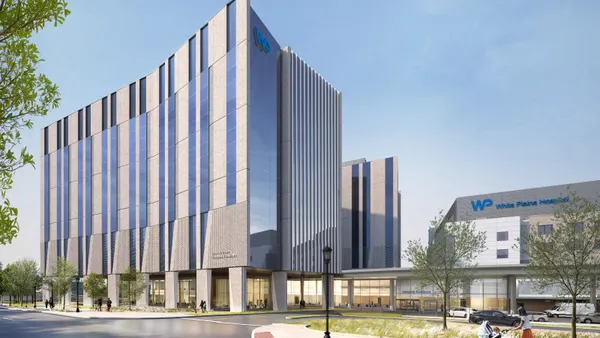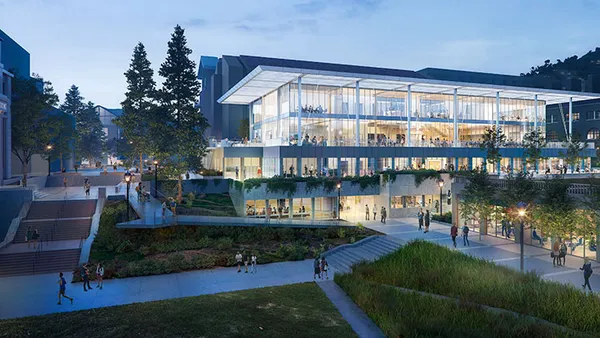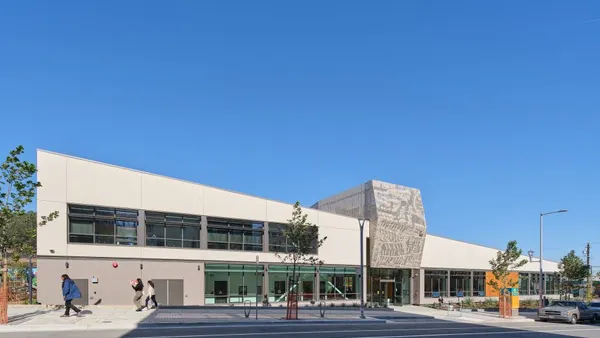Dive Brief:
- Traditionally affordable markets such as Chicago and Milwaukee, Wisconsin, saw some of the biggest increases in construction costs during the second quarter, according to a new report from Minneapolis-based general contractor Mortenson that looked at seven cities nationally.
- The firm’s Q2 2022 Construction Cost Index report found Chicago had the biggest spike in prices, at 4%, of the seven markets analyzed. Milwaukee’s increase was second, at 3.9%, while Portland, Oregon, took the third spot, with prices rising 3.6% there.
- “The construction market, as with many, continued to experience inflationary headwinds through the first half of the year,” said Clark Taylor, vice president of estimating at Mortenson, in a press release. “The current talk of an economic downturn, higher interest rates, and a slowly-recovering supply chain may work in the industry’s favor at some point but right now we see regional averages trending higher consistent with forecasts.”
Dive Insight:
Minneapolis (3.3%), Seattle (2.9%), Phoenix (2.55%) and Denver (2.2%) all saw increases as well. The average increase was 3.3%, Mortenson said. Construction costs were 11.8% higher, on average, from 12 months ago.
The gains, which were recorded through June 30, were tabulated before July’s Producer Price Index showed the first decrease in costs since early in the pandemic.
The report from Mortenson, a top 20 contractor, was issued Aug. 10, a day earlier than the PPI data, and acknowledged evidence of changing conditions. It pointed to softening of input prices in a few categories earlier this summer, as was reflected in June’s cost report from the Bureau of Labor Statistics.
“Upcoming U.S. economic data for Q3 may indicate if any broader trends are beginning to emerge,” the report said.
Why prices increased more in otherwise affordable markets was unclear.
For example, Mortenson’s analysis of the Chicago market said, “The latest Federal Reserve Beige Book, an informal report of economic activity, noted that some construction and real estate activity had slowed in Chicago and Minneapolis, two otherwise healthy markets, although all markets tracked continued to experience higher input and labor costs.”
Earlier this summer, the Fed’s Beige Book provided one of the first indications that interest rate increases could be having their desired effect by slowing demand.
But even with evidence of a turn in markets, Mortenson said it still expected the second half of 2022 to play out much like the first.
“Based on market data, observations and insights, Mortenson sees much of the same moving forward in the second half of the year including ongoing workforce challenges, increases in material shipping costs, and product lead times and material shortages remaining a challenge,” the report said.















